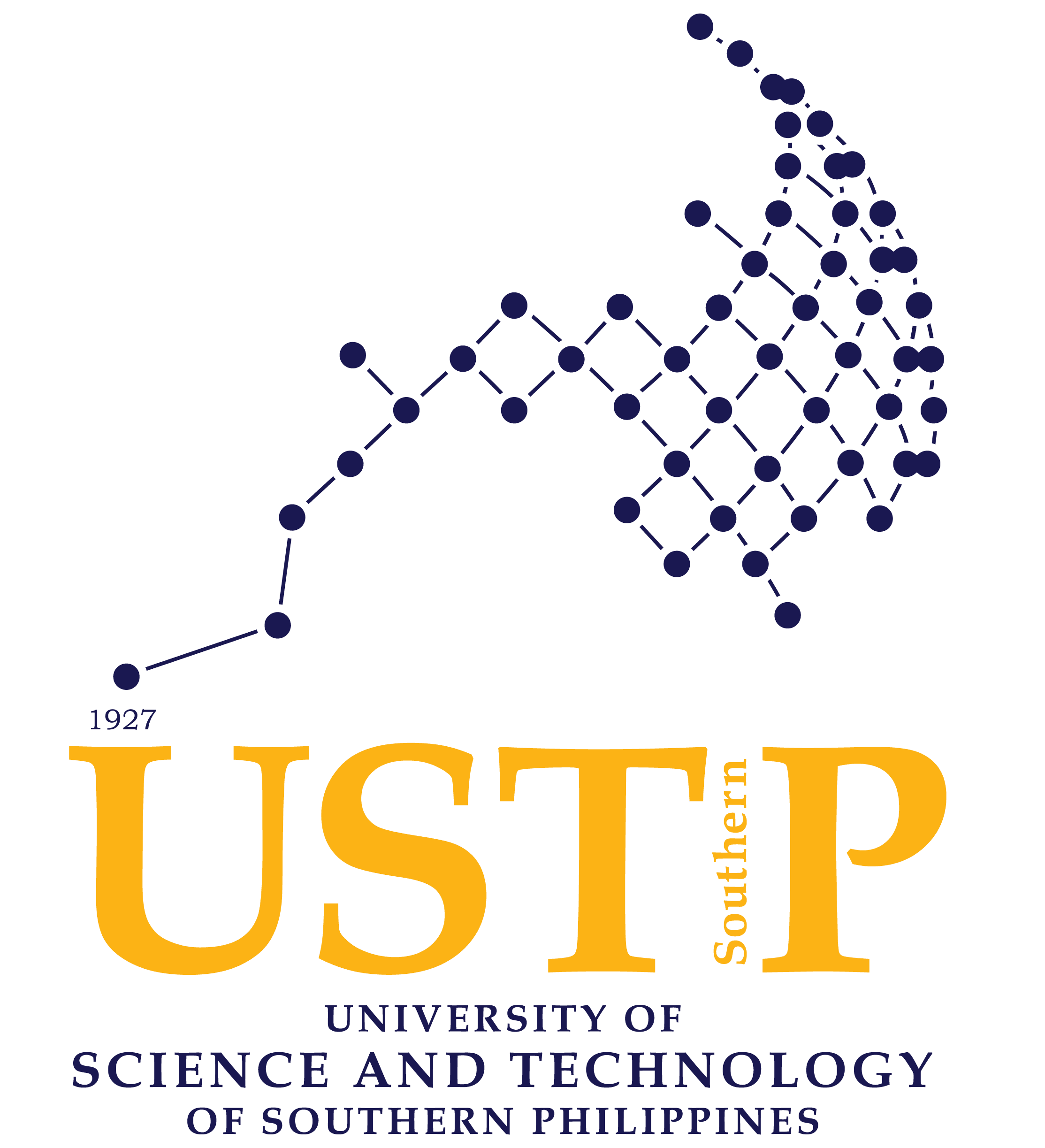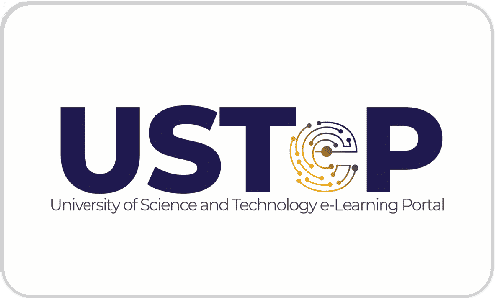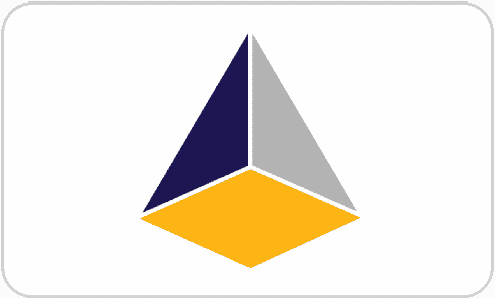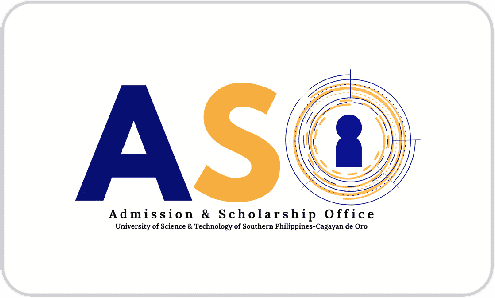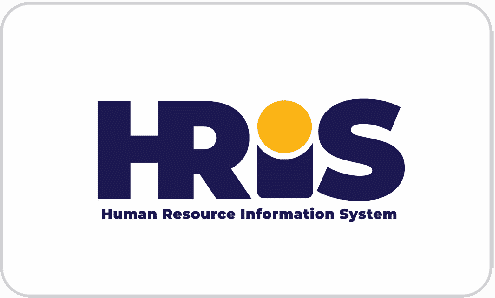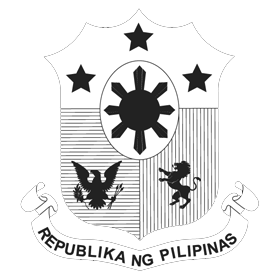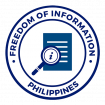Strengthening Fisheries Management: USTP Panaon joins FMA-9 Initiative for Siganus canaliculatus
By Lucille Mae S. Tare, USTP Panaon Administrative Officer IV (HRMO II)
Share:
The University of Science and Technology of Southern Philippines in Panaon, Misamis Occidental (USTP Panaon) actively participated in the formulation of the Fisheries Management Area – 9 (FMA – 9) Fisheries Management Plan (FMP) Phase 2 for demersal species Siganus canaliculatus (locally known as Danggit). The event took place at Duka Bay Resort in Medina, Misamis Oriental, from January 21 to 24, 2025.
The main objective of the activity was to address key issues and challenges related to the management of Siganus canaliculatus, a commercially significant species in the region. During the four-day event, stakeholders from diverse backgrounds, including local fishermen, environmentalists, and government officials, engaged in in-depth discussions to improve the sustainable management of this species within the designated fisheries management area. This collaborative effort was a testament to the shared commitment to the well-being of the region’s fisheries.
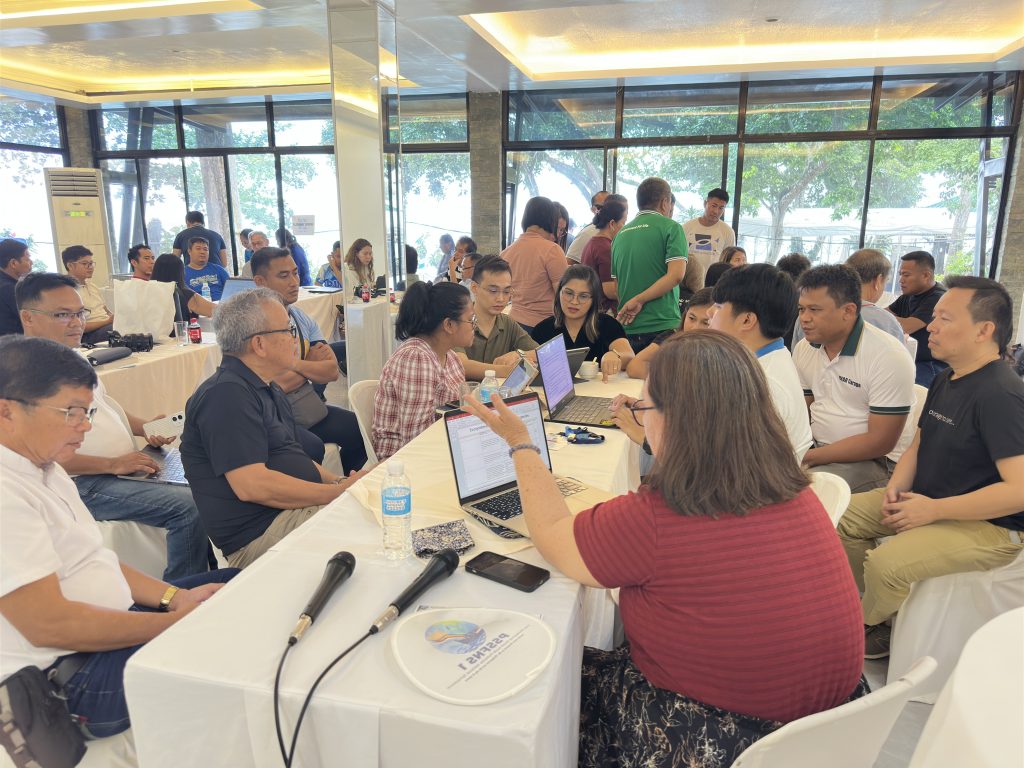
The first key component of the activity involved the comprehensive identification of threats and issues concerning the Siganus canaliculatus species. Participants assessed these concerns through different pillars of fisheries management, including environmental sustainability, community involvement, and economic considerations. This exercise provided a thorough overview of the challenges faced by local fisheries, including overfishing, habitat degradation, and climate change, ensuring that all stakeholders were fully informed and aware of the issues and potential solutions.
The second segment focused on refining the Management Action Plans (MAPs) for Siganus canaliculatus. Various strategies and actions were discussed to enhance conservation efforts while ensuring the livelihoods of local fishermen. These MAPs were designed to address the identified threats and issues, providing a structured approach to long-term fishery management.
Lastly, a Strategic Environmental and Social Assessment (SESA) was conducted to evaluate the proposed management actions’ potential environmental and social impacts. The SESA session allowed participants to integrate both environmental sustainability and social equity into the management plan, ensuring that the strategies adopted would be both effective and socially acceptable.
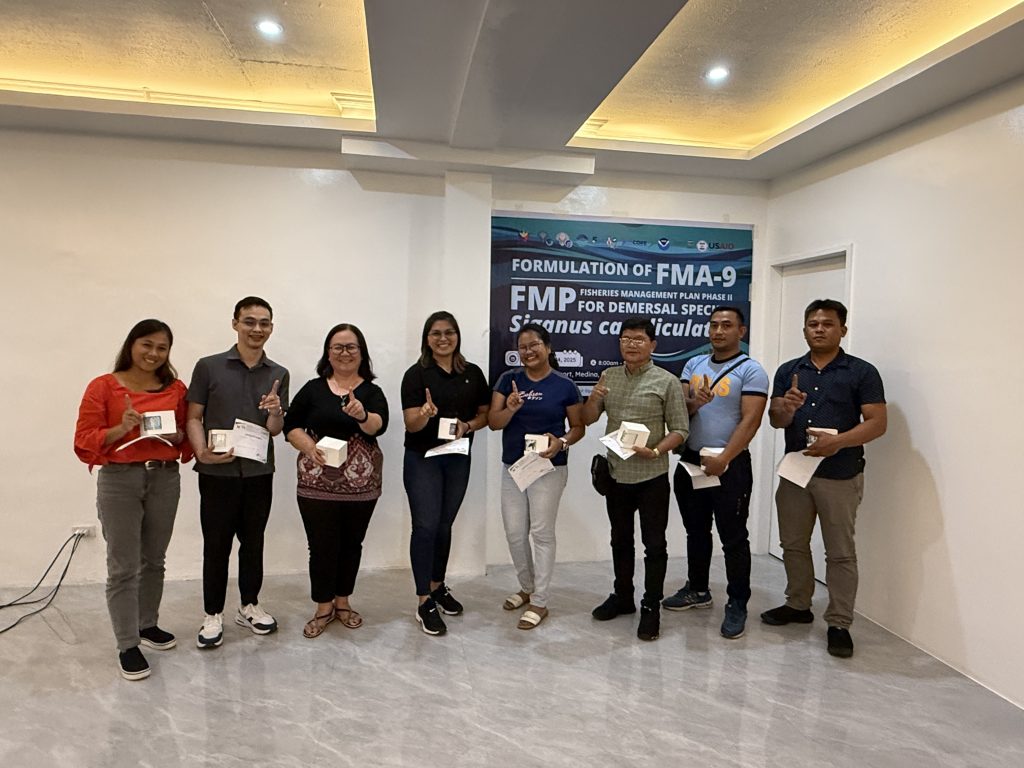
The event concluded with a more precise and refined approach to managing the Siganus canaliculatus population within FMA-9. Importantly, commitments were made by all stakeholders to continue collaborating for the betterment of the species and the communities that depend on it. The commitment to sustainable management instills confidence in the future of the fisheries and reassures all involved of the positive direction we are heading in.
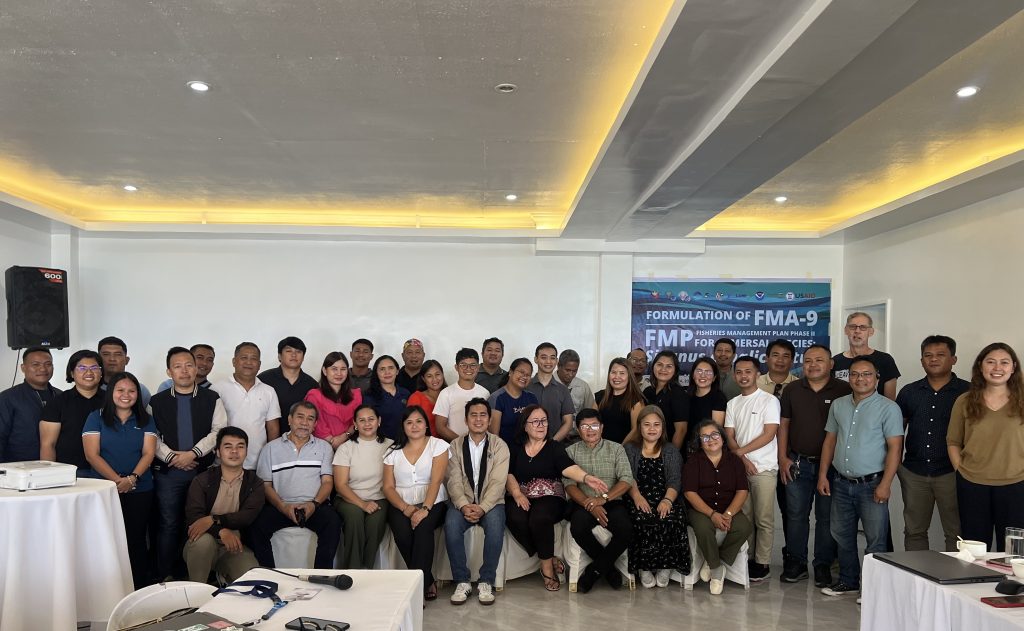
The participation of the USTP Panaon contributed valuable insights and expertise, furthering the development of a comprehensive and sustainable Fisheries Management Plan for Siganus canaliculatus in the FMA-9.
